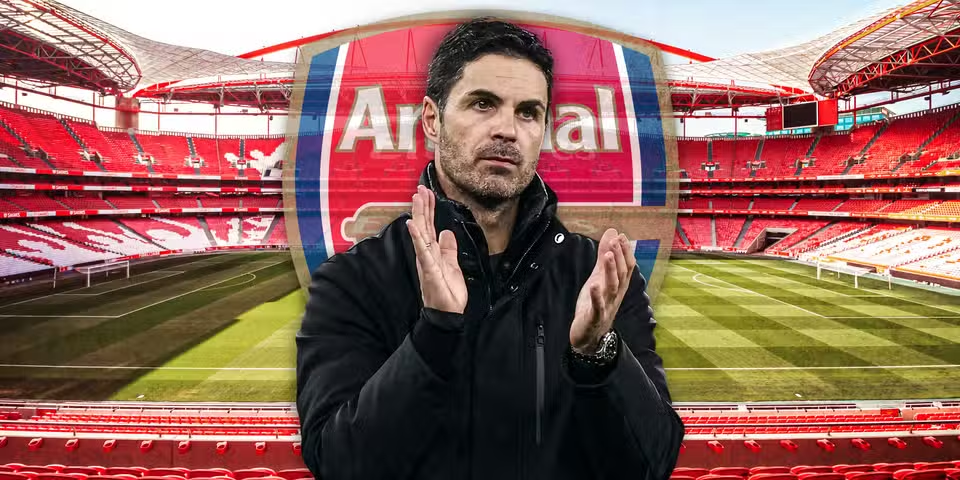For many athletes, the pursuit of their sporting dreams is an all-consuming journey—one filled with dedication, sacrifice, and relentless effort. Yet, behind the glory of competition and the pursuit of excellence lies a harsh reality: many athletes are forced to make impossible choices between chasing their dreams and securing a stable future. This dilemma raises an important question: Why should athletes be forced to choose between their passion for sport and long-term security?
In an ideal world, athletes would have the opportunity to focus solely on perfecting their craft. They would be able to dedicate themselves to their sport without worrying about financial instability, career longevity, or life after retirement. Unfortunately, for most athletes, this is far from the case.
The Financial Realities of Athletic Careers
One of the biggest challenges athletes face is financial uncertainty. While top-tier athletes in sports like football, basketball, and tennis may receive hefty paychecks and sponsorship deals, the vast majority of athletes do not earn anywhere near this level of compensation. For every global superstar, there are countless athletes struggling to make ends meet, even as they represent their country or compete at an elite level.
In many sports, athletes must finance their own training, travel, and competition fees. Without the safety net of a stable income, these athletes are left in a precarious position, often taking on side jobs or relying on family support just to stay afloat. This financial strain makes it difficult for athletes to focus entirely on their performance, leading to stress and burnout that can undermine their potential.
Career Longevity: The Clock is Always Ticking
Unlike most professions, an athlete’s career is often short-lived. Injuries, performance decline, and age can all contribute to a sudden and abrupt end to their competitive years. While many people in other fields have the opportunity to work for decades and gradually build financial security, athletes face the pressure of achieving their goals within a very limited window of time.
Even those who manage to achieve success during their careers face the daunting task of planning for life after sport. The transition from athlete to “retiree” often comes much sooner than anticipated, leaving many athletes with few career options and limited work experience outside of their sport. The emotional and psychological toll of leaving behind their athletic identity only adds to the difficulty.
The Pressure to Sacrifice Education and Development
In order to compete at the highest level, athletes must dedicate enormous amounts of time to training, often at the expense of pursuing education or career development outside of sports. Many young athletes are encouraged to put their academic ambitions on hold or forego them entirely in order to focus on their sport. While this commitment is essential for success, it can leave athletes vulnerable later in life when they need to enter the workforce or find new passions beyond the playing field.
This lack of educational support is a systemic issue that needs to be addressed. Institutions, leagues, and governing bodies should prioritize creating pathways for athletes to pursue both their athletic careers and their education. With the right support systems in place, athletes can thrive both on and off the field, ensuring they are better prepared for the future.
Supporting Athletes Beyond Their Prime
The solution lies in rethinking how we support athletes throughout their careers and beyond. Initiatives that promote financial literacy, career planning, and mental health support are essential. Sporting organizations, sponsors, and governments must invest in programs that help athletes transition from sport to other careers, ensuring they have the tools and resources to succeed in life after competition.
Additionally, athletes should have access to flexible educational opportunities that allow them to continue their studies while competing. Online courses, university partnerships, and vocational training can provide a lifeline to athletes who want to pursue their education alongside their athletic careers.
It’s also important to establish better safety nets for athletes, including pension schemes, healthcare coverage, and career counseling. These initiatives can help protect athletes from the financial risks associated with injury or early retirement, giving them a greater sense of security as they pursue their dreams.
A Call for Change
Athletes shouldn’t have to choose between their passion for sport and securing their future. The time has come for sporting institutions, governments, and the wider community to recognize the sacrifices athletes make and offer them the support they deserve. By providing athletes with the resources and opportunities to plan for life beyond their sporting careers, we can ensure that they are empowered to pursue their dreams without fear of the future.
In the end, supporting athletes is not just about celebrating their victories on the field; it’s about valuing their long-term well-being and ensuring that they are able to lead fulfilling lives, both during and after their athletic careers. The choice between chasing a dream and securing a future shouldn’t be an impossible one—it should be a reality every athlete can embrace.




